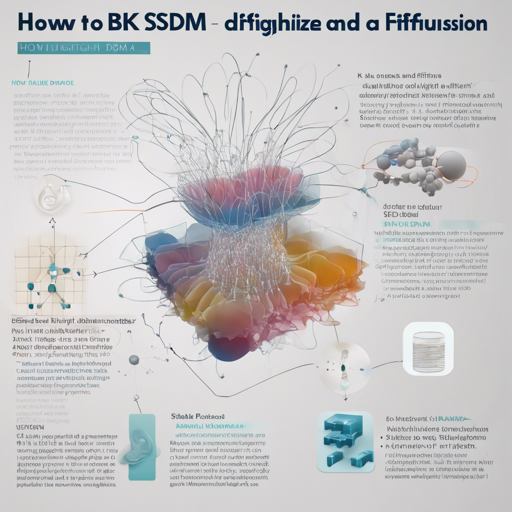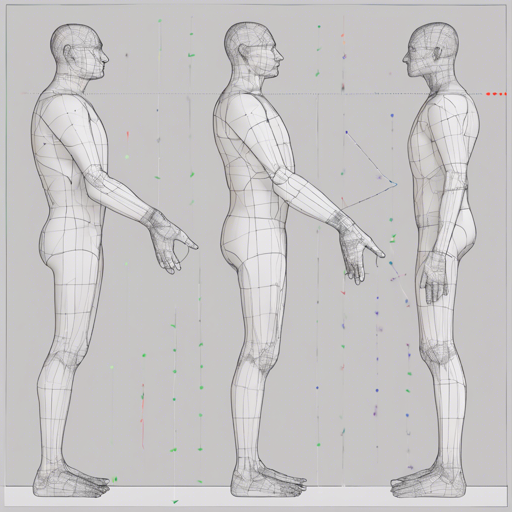In the ever-evolving world of AI, the BK-SDM (Lightweight, Fast, and Cheap Version of Stable Diffusion) offers a compelling alternative for text-to-image synthesis. This guide will walk you through the installation process, provide troubleshooting tips, and help you...
Getting Started with NaturalCC: A Comprehensive Guide
Welcome to the world of NaturalCC, a remarkable toolkit that bridges the realm of programming and natural language through advanced machine learning techniques. This guide will walk you through the steps needed to set up and utilize NaturalCC for various software...
How to Create and Optimize Stacked Ensembles with Xcessiv
Are you ready to embark on an exhilarating journey through the realm of machine learning? If so, then let me introduce you to Xcessiv, a powerful tool designed to help you create the biggest, craziest, and most *excessive* stacked ensembles imaginable! What are...
How to Implement Simple Baselines for Human Pose Estimation and Tracking
Welcome to the world of human pose estimation! With the TensorFlow implementation of Simple Baselines for Human Pose Estimation and Tracking (ECCV 2018), you can harness the power of AI to extract meaningful insights from images. In this blog, we'll walk you through...
How to Rapidly Iterate on Your LLM Development with Palico AI
Developing a Large Language Model (LLM) application can feel a bit like navigating through a maze full of performance challenges. These include issues like accuracy, hallucinations, latency, and costs. However, with Palico AI, you have a trusty compass to help you...
How to Utilize attorch for Enhanced Deep Learning Operations
Welcome to this user-friendly guide on utilizing attorch, a cutting-edge, Python-based neural network framework built upon PyTorch and Triton. This article will cover installation, the layers you can work with, math functions, handling PyTorch fallbacks, and testing...
A Deep Dive into Ayakashi: The Next Generation Web Scraping Framework
Welcome to our engaging exploration of Ayakashi, the cutting-edge web scraping framework that makes interacting with the bustling web a breeze! Whether you're diving into data science, machine learning, or simply need efficient ways to automate data retrieval,...
Pen and Paper Exercises in Machine Learning: A Comprehensive Guide
Embarking on a journey through the realm of machine learning can feel like navigating a complex maze. However, with the right tools and exercises, even the most intricate concepts can become clear. This blog post will guide you through the collection of pen-and-paper...
How to Use Optimus: A Comprehensive Guide
Optimus is a powerful and intuitive workflow orchestrator that simplifies data transformation, modeling, and quality management. Imagine having a personal assistant who organizes all your data tasks, handling them smoothly and efficiently, allowing you to focus on...









